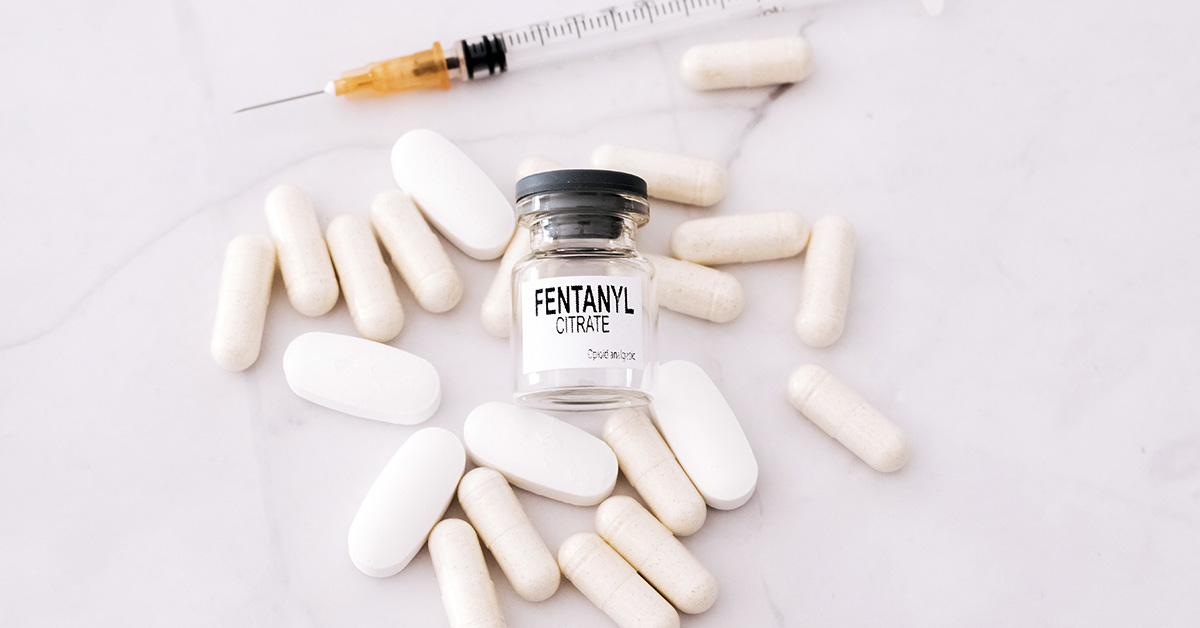Laura Didier found her 17-year-old son Zachary dead at his desk. He died of fentanyl poisoning, and the mother warns other parents that their children might be at risk. “Our message is just to really be aware of the dangers out there,” she said to Fox News. “…It’s just important that parents understand this [fentanyl] is out there are kids can access this so easily. There don’t have to be red flags… These are not deaths as a result of addiction. It’s not to say that those deaths are not equally tragic. It’s just to say that even if there are no red flags, you might lose a child to fentanyl, even if there is no addiction history.” [1]
Teens Dies from Fentanyl Poisoning
Zachary had unknowingly purchased fake Percocet pills that were laced with fentanyl off of Snapchat. His father, Chris Dider, affirms that the death was not from an addiction as many people assume. “Zach’s death was not a death from addiction. And when addiction is connected to our story, the victim shaming creeps in and our message is lost. The message of the lethality of this drug and the deception behind it is lost,” Chris Didier said.
Twenty-two-year-old Virgil Xavier Bordner was arrested for selling him the pills. In court, Bordner received the sentence of 17 years in prison, with 178 days of credits, which includes credits for time served, and education and good conduct while incarcerated. The restitution hearing will occur at the end of October. In July, Bordner had pleaded no contest to three charges, meaning, he hadn’t admitted guilt but he had accepted the conviction. The charges included, involuntary manslaughter, two accounts of selling controlled substances to a minor, and special allegations of inflicting great bodily injury. His lawyers state that he didn’t know fentanyl was in the pill he had sold Zachary. [2]
The family spoke before the final sentencing, giving their victim impact statements. “There are no words to describe what it does to a mother’s heart to see your baby in a body bag and kiss them for the last time,” Laura had said. [3]
Bordner also spoke. He said he was deeply sorry, that the incident was a mistake. He thinks about what happened every day. “If I could take it back in a heartbeat and exchange my life for Zach’s, I would. I never meant any harm to Zach,” Bordner said. He added that Zach had been a good friend, and he hoped the family could forgive him one day.
Read: Mom shares disturbing video of daughter left ‘possessed’ after drink ‘spiked’
The Fentanyl Crisis
Many experts maintain that public awareness is key to addressing the opioid epidemic. “I don’t think we’ve done enough in terms of informing people about the dangers—about the nexus between opioid medication and heroin and illicit drugs,” said New York Special Narcotics Prosecutor Bridget G. Brennan. “If we did the kind of information campaign that was so successful with tobacco, I think we could see terrific results.” [5]
Despite receiving shaming from other parents, Laura and Chris continue to raise awareness about fentanyl poisoning and advocate for the fight against the opioid crisis. Fentanyl is a synthetic opioid used pharmaceutically to relieve severe pain, such as for advanced cancer pain. It’s 50 times stronger than heroin and 100 times stronger than morphine. However, many cases of fentanyl causing harm, overdoses, or deaths, are often caused by illegally-produced fentanyl. This drug is sold through illegal drug markets, where it is often mixed with heroin and/or cocaine to heighten its effects; users are not always aware the drugs they purchased were mixed.
From 2019 to 2020, rates of fatal overdoses linked to synthetic opioids (including fentanyl) increased over 56%. Over 56,000 people died this way in 2020, and the numbers are only increasing. [4] In 2021, the number increased 28% to 78,056. [6] Even in small doses, fentanyl can be fatal, and it’s undetectable by sight, taste, or smell. It’s almost impossible to know if a drug was laced with fentanyl unless it’s tested. According to the CDC, over 150 people suffer fatal overdoses daily from synthetic opioids like fentanyl.
How to Detect an Overdose
Knowing the signs of an opioid overdose can save lives. The symptoms can include: weak or no breathing, small “pinpoint pupils,” losing consciousness, choking or gurgling sounds, discolored lips and nails, limp body, and clammy skin. It’s not always clear if someone is suffering an overdose or is just high; so it’s always better to err on the side of caution. In those scenarios, call 911 (most states have laws that help legally protect someone who is overdosing or calling about an overdose.) Then administer naloxone if it’s available; it’s a medication that can reverse the effects of an opioid overdose and can be purchased over the counter in most states. Until help arrives, stay with the person and try to keep them awake and lying on their side to prevent choking. [7]
Keep Reading: Tennessee Sheriff warns children not to pick up money found on the ground
Sources
- “Mother of son who died of fentanyl poisoning: ‘Be aware of the dangers out there’.” Fox News. September 2, 2022.
- “Sacramento man sentenced to 17 years in prison in Zach Didier’s fentanyl death.” ABC 10. Lauren Walike. September 1, 2022
- “Sacramento man sentenced to 17 years in Zachary Didier fentanyl death case.” Hilda Flores, Lysée Mitri. September 1, 2022
- “What is fentanyl?” CDC. June 1, 2022
- “The U.S. Opioid Epidemic.” CFR. Claire Klobucista. May 12, 2022
- “For Immediate Release: November 17, 2021.” CDC. November 17, 2021
- “Fentanyl Facts.” CDC. February 23, 2022

